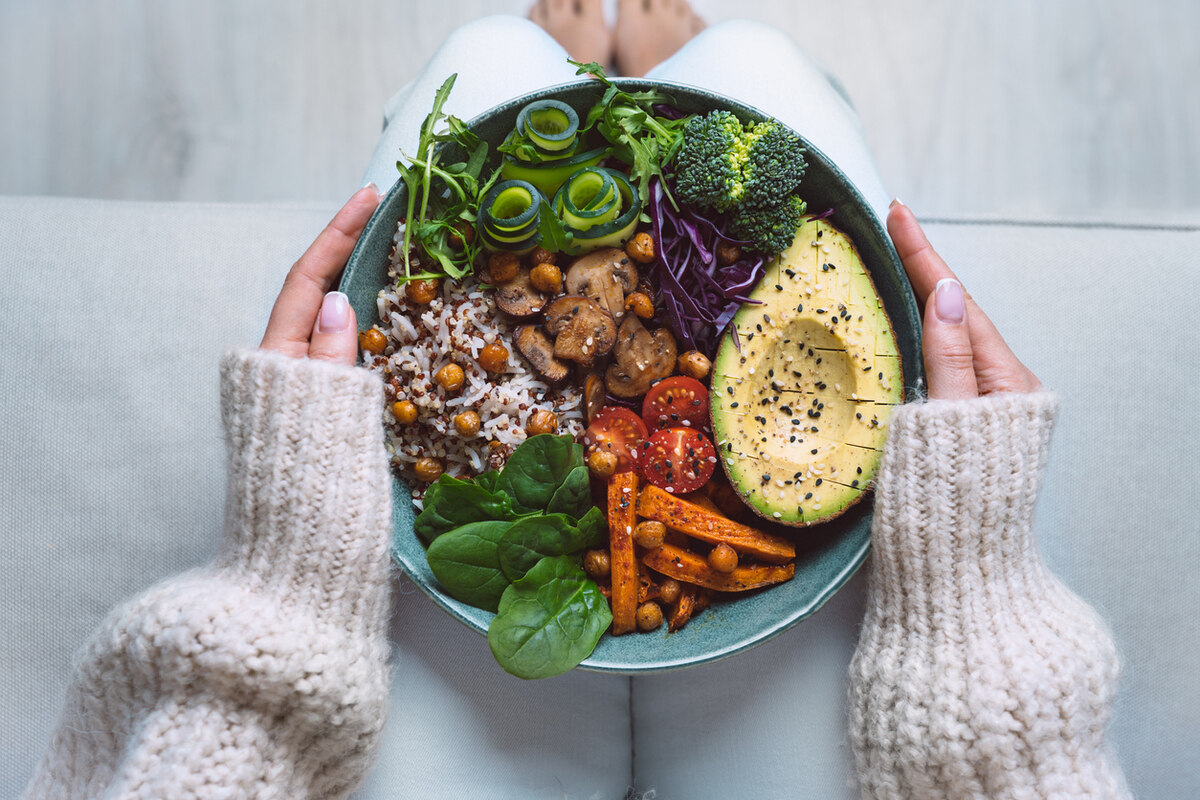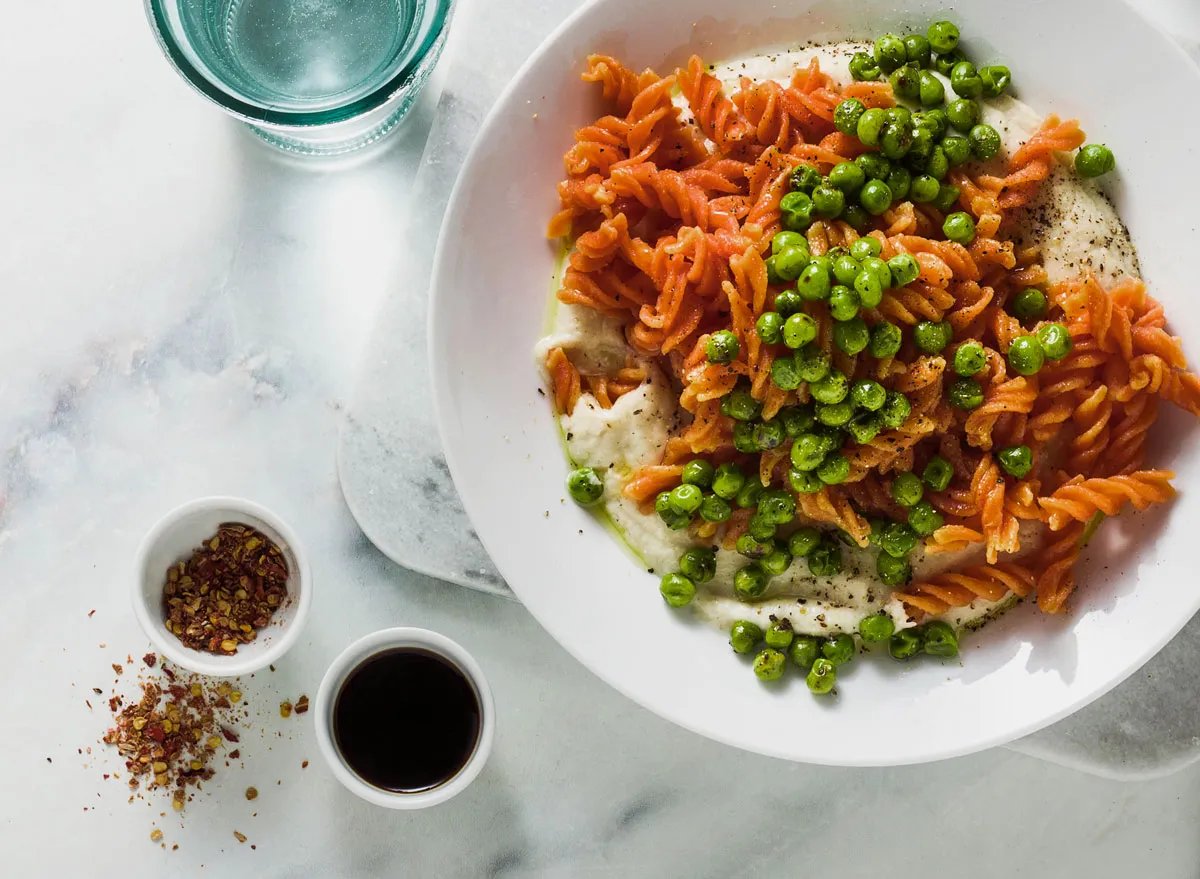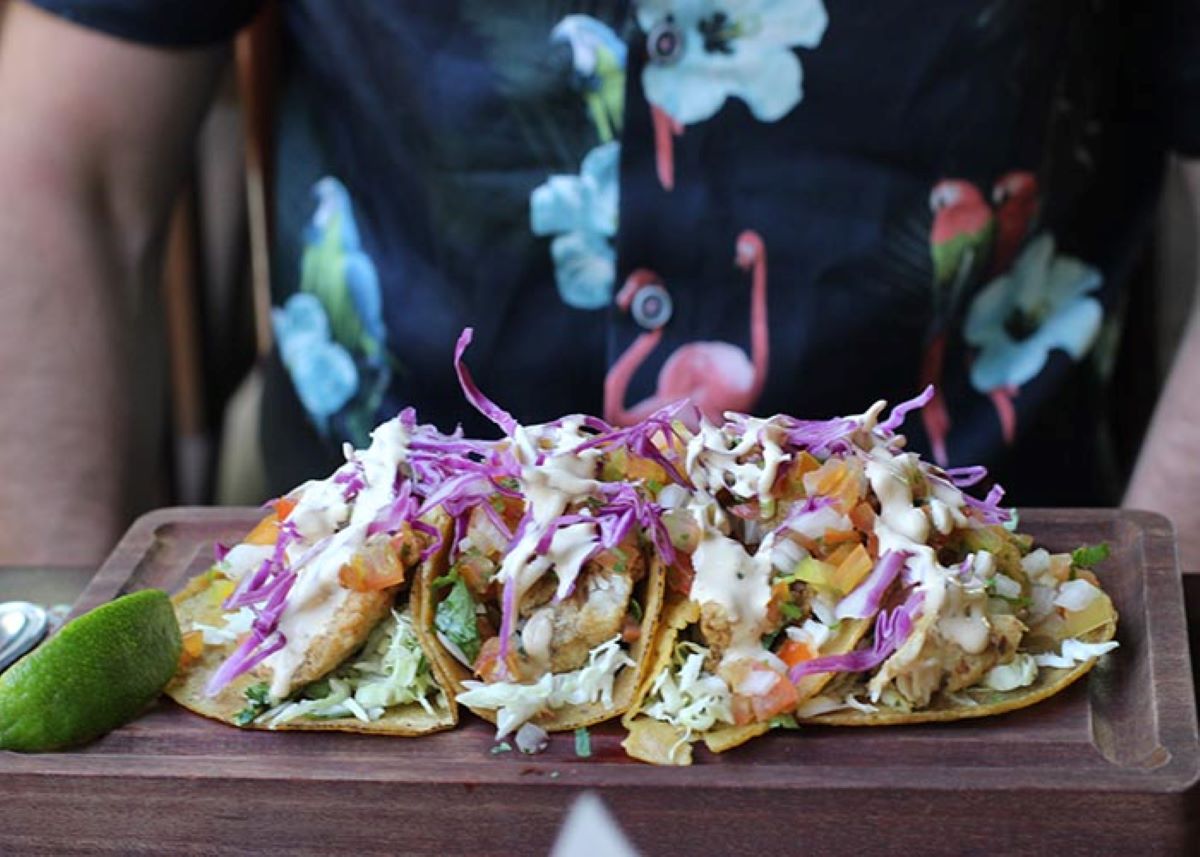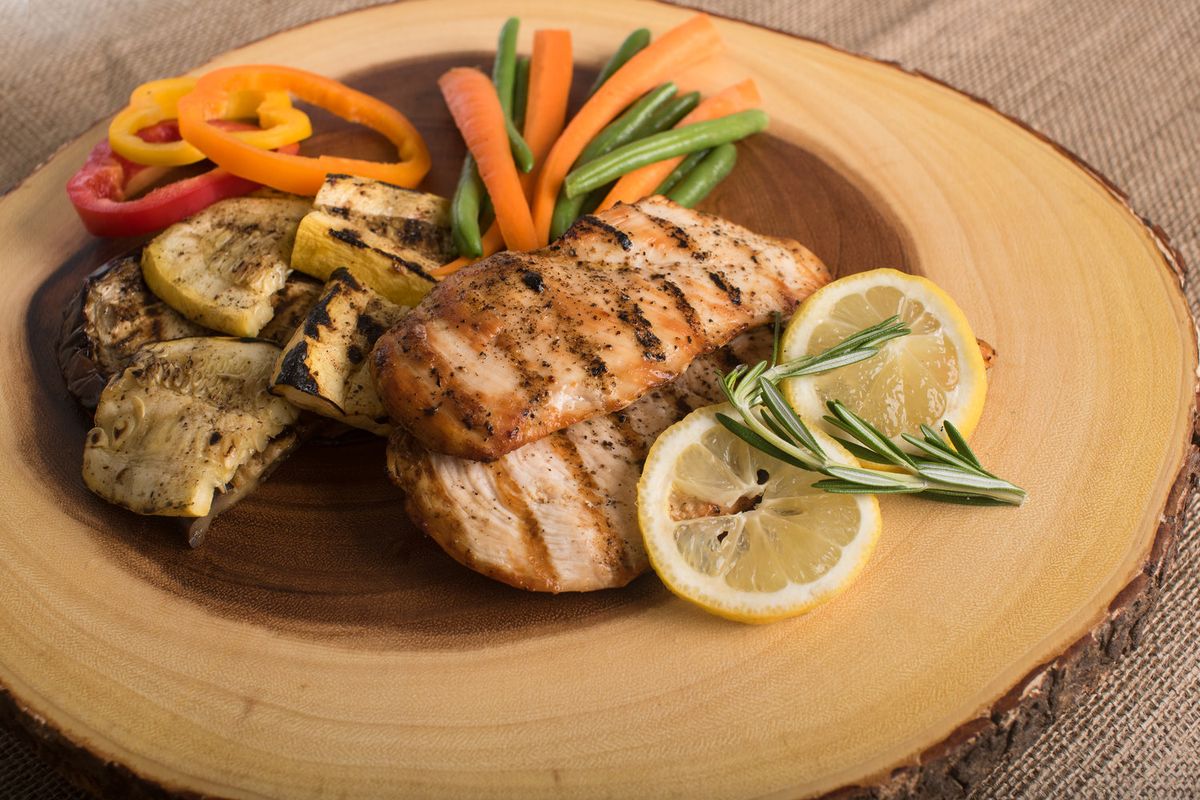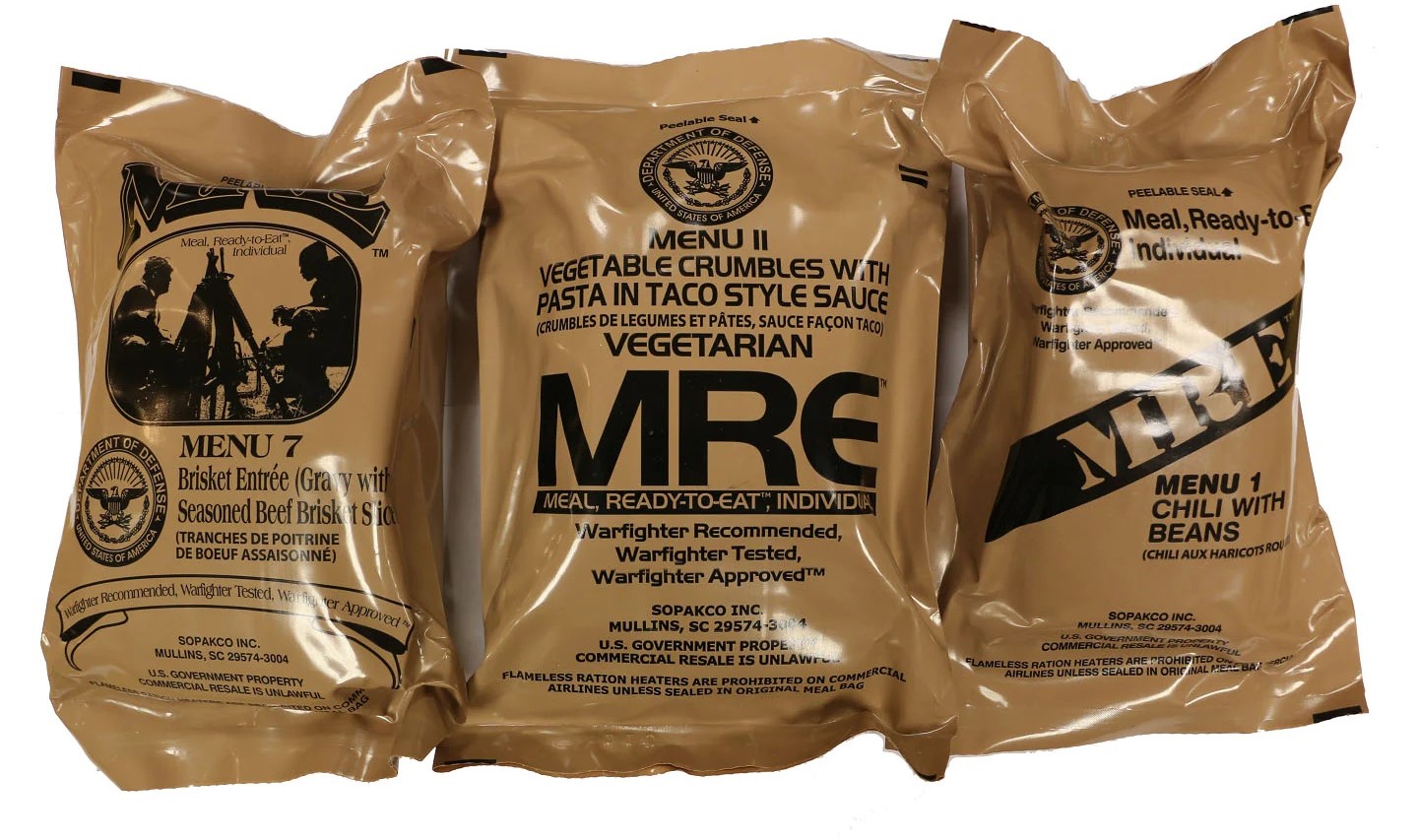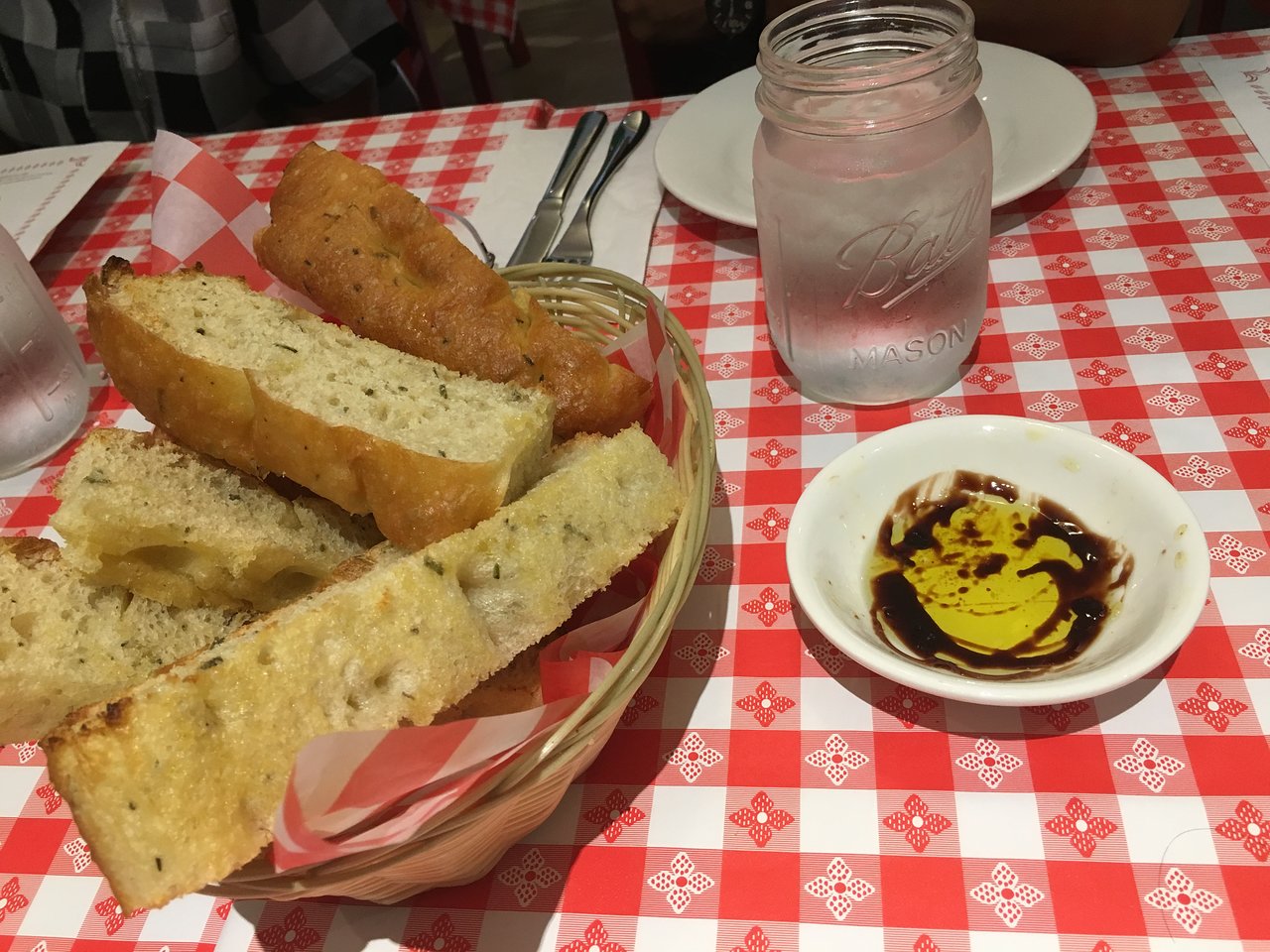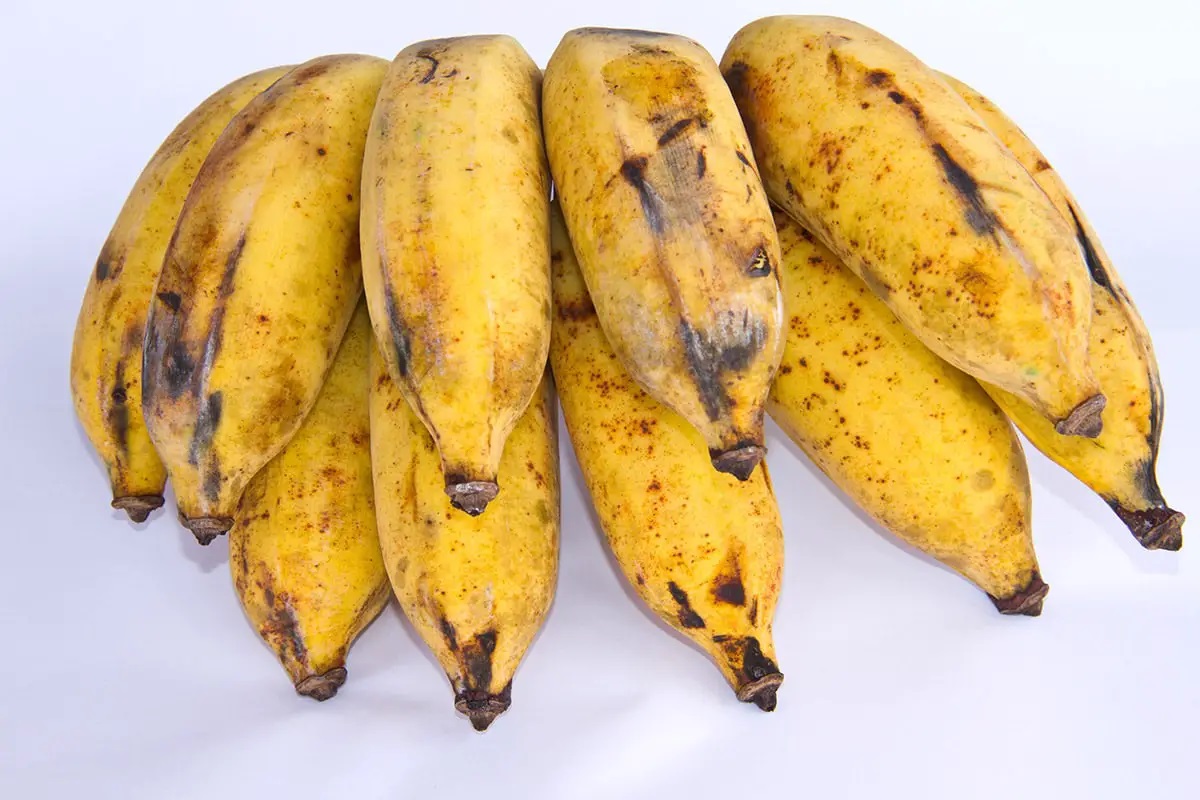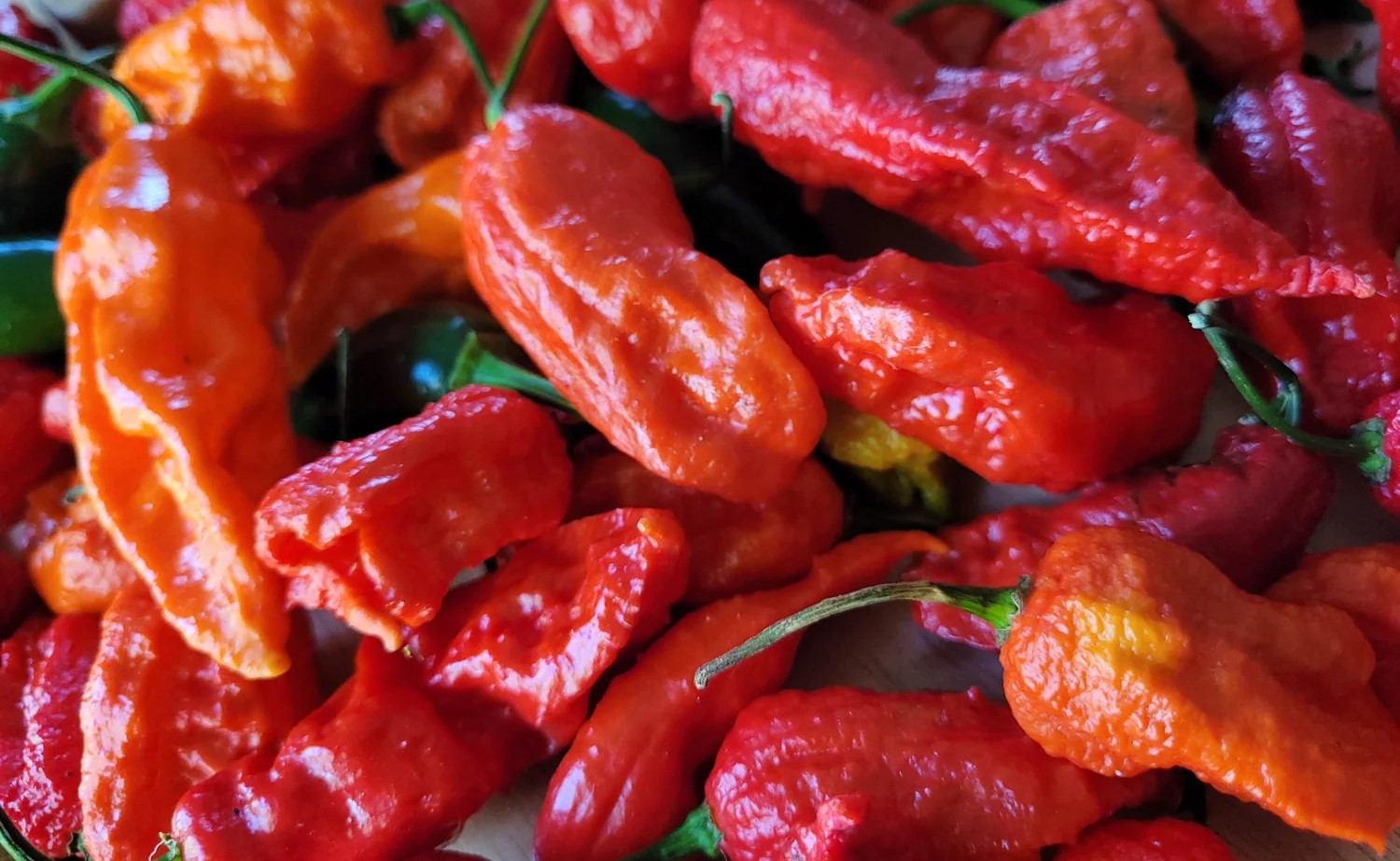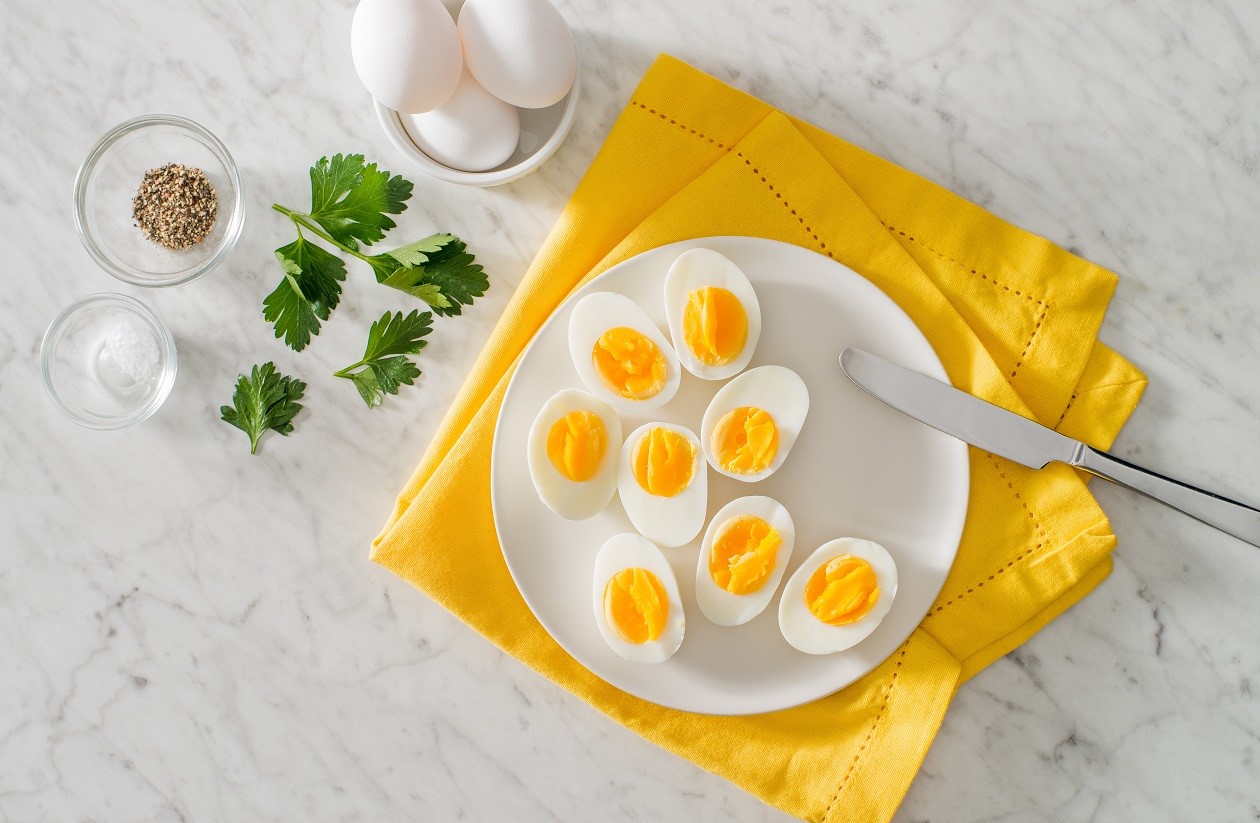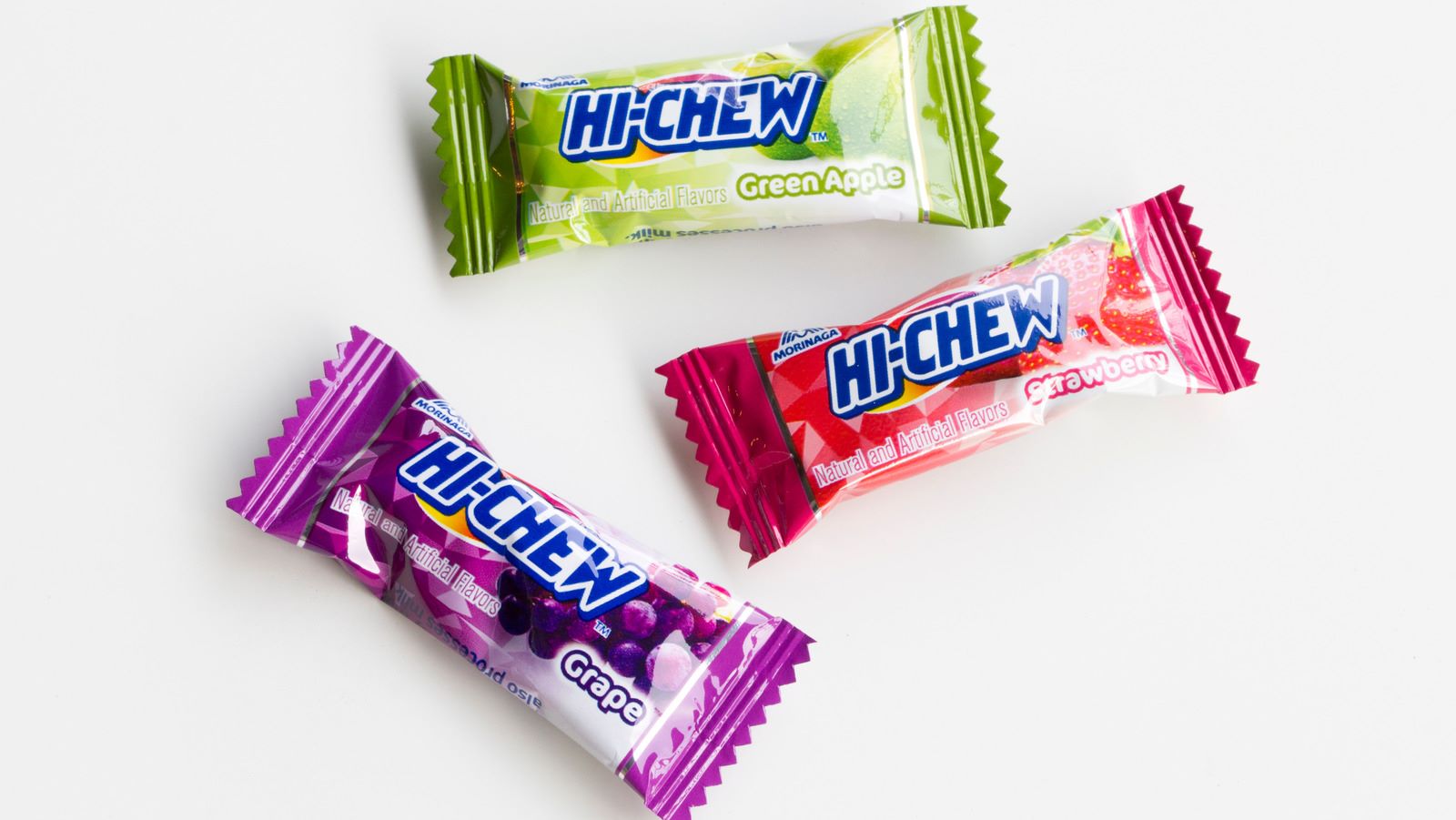How to Easily Meet Your Daily Protein Needs
Protein is an essential macronutrient that plays a crucial role in building and repairing tissues, producing enzymes and hormones, and supporting overall health. For those who are looking to increase their protein intake, aiming for 300g of protein a day may seem like a daunting task. However, with the right approach and a bit of planning, it is entirely achievable. Here are some practical tips to help you meet your daily protein needs without feeling overwhelmed.
1. Prioritize Protein-Rich Foods
When aiming to consume 300g of protein a day, it’s important to prioritize foods that are high in protein. Include a variety of protein sources in your diet, such as:
- Lean meats like chicken, turkey, and beef
- Fatty fish such as salmon and tuna
- Eggs and egg whites
- Dairy products like Greek yogurt, cottage cheese, and milk
- Plant-based options like tofu, tempeh, lentils, and chickpeas
2. Plan Your Meals and Snacks
Planning ahead can make it easier to reach your protein goals. Take some time to map out your meals and snacks for the day, ensuring that each one contains a good source of protein. Consider meal prepping at the beginning of the week to have protein-rich options readily available. This can help prevent reaching for less nutritious, high-calorie snacks when hunger strikes.
3. Incorporate Protein Shakes
Protein shakes can be a convenient way to boost your protein intake, especially for those with busy lifestyles. Look for high-quality protein powders and consider blending them with fruits, vegetables, and healthy fats to create a well-rounded, nutritious shake. Enjoying a protein shake as a snack or post-workout can contribute significantly to your daily protein consumption.
4. Snack Wisely
Snacking can be an opportunity to sneak in extra protein throughout the day. Opt for protein-rich snacks like:
- Hard-boiled eggs
- Greek yogurt with berries
- Cottage cheese with pineapple
- Beef or turkey jerky
- Edamame
5. Spread Your Protein Intake Throughout the Day
Instead of trying to consume all 300g of protein in just a few large meals, aim to spread your intake throughout the day. This approach can make it more manageable and prevent you from feeling overly full at any given time. Including protein in each meal and snack can help you reach your target without feeling overwhelmed.
6. Monitor Your Progress
Keeping track of your protein intake can provide valuable insight into your eating habits and help you stay on track. There are many apps and websites available that can help you log your meals and calculate your macronutrient intake. By monitoring your progress, you can make adjustments as needed to ensure you are consistently meeting your protein goals.
Final Thoughts
Meeting a daily protein goal of 300g may seem challenging at first, but with careful planning and a focus on protein-rich foods, it is entirely achievable. By incorporating a variety of protein sources into your meals and snacks, you can ensure that you are meeting your nutritional needs while enjoying a diverse and satisfying diet.
Remember to consult with a healthcare professional or a registered dietitian before making significant changes to your diet, especially if you have any underlying health conditions or dietary restrictions.
Delicious Recipes and Tips to Incorporate 300g of Protein into Your Daily Diet
For those aiming to boost their daily protein intake to 300g, the array of recipes listed offers a multitude of delicious and nutritious options. To start, the High-Protein Chicken Caesar Salad provides a refreshing twist on a classic, combining lean chicken with a protein-rich dressing. Another must-try is the Turkey and Quinoa Stuffed Peppers, where the quinoa adds a protein punch that complements the turkey beautifully. For a quick and satisfying snack or breakfast, the Cottage Cheese and Pineapple Bowl is ideal, blending the smooth texture of cottage cheese with the sweetness of pineapple for a high-protein treat. Each recipe is crafted to not only meet your protein needs but also to keep your meals varied and exciting.

